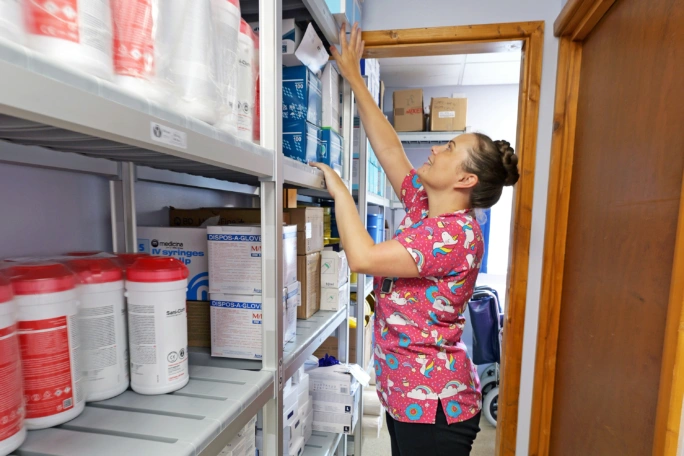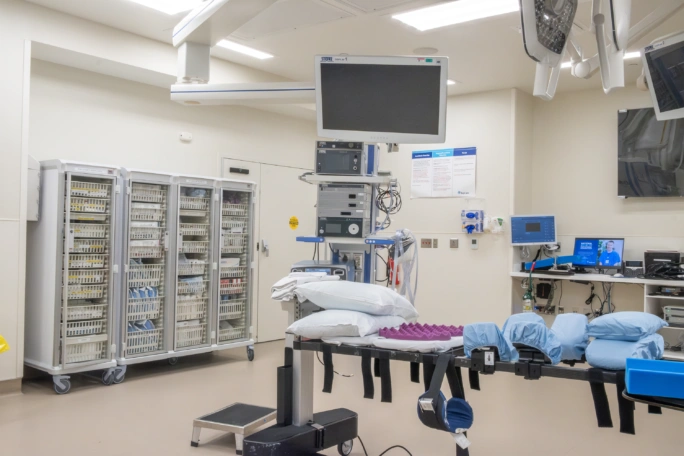Working in a busy surgical environment is no small feat. Theatre and sterilisation teams are constantly juggling precision, speed, and safety, all while under serious pressure. So why shouldn’t your storage systems perform in the same way? If they aren’t up to scratch, then this can cause headaches far beyond the storeroom.
One of the most common issues is the over-reliance on triple wrapping instrument packs, due to unsuitable storage that can cause rips. Triple wrapping may seem like a quick fix, but what does it really lead to? Over time it leads to more consumables, more waste and a lot more cost.
These temporary solutions can really add up, resulting in less budget for other requirements of the department.
Then there’s the risk of damaged sterile packs – a direct result of poor or overcrowded storage. If a pack is torn or compromised, that operation can no longer go ahead. The result? Frustrated staff, delayed procedures, and patients losing confidence in the healthcare facility they’re receiving care from.
On the same theme of damaged packs, let’s not forget about the bad habit of stacking packs on top of each other. Stacking packs can often lead to tears due to the friction between packs as one is dragged over the other. Without proper racking or visibility, it can be difficult to keep track of what’s there. This can mean that things get missed from stock take processes.
Plus, older packs may not get used and sometimes the only pack left is ripped leaving it compromised. This then causes last-minute scrambles or even cancellations. In addition, the lack of air circulation around the packs can lead to issues, especially if packs are still warm from the decontamination process, which can in turn lead to condensation developing which compromises sterility.
Long-term solutions over short-term fixes
So how do we move beyond these costly and inefficient practices? We advise to ‘start with the end’ in mind, and to think long-term. Is a quick fix today costing you more tomorrow? It’s crucial to think about what your long-term goals are as a department. Often, investing in smarter storage systems upfront means fewer headaches later — not to mention real savings in consumables, staff time, and cancelled procedures.
No matter the size of the project, before it starts is the time to set up focus groups. To kick-start your project on the right foot, we’d recommend involving key stakeholders in early conversations.


Without proper racking or visibility, it can be difficult to keep track of stock
The aim is to get the right people talking. Bring together the people who actually use the system every day – theatre staff, sterile services/decontamination personnel who clean the instruments and are therefore extremely knowledgeable and helpful about best practice in storing them, even your manual handling and infection prevention teams.
Be sure to ask them “what challenges do you face daily?” Take the time to really understand their frustrations and what you need the storage system to provide.
A few good questions to ask:
